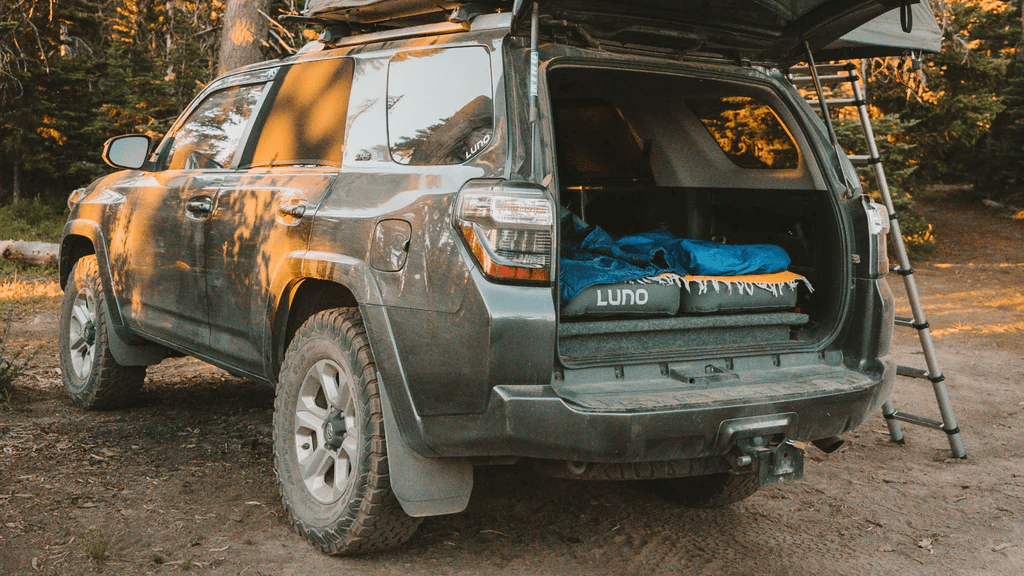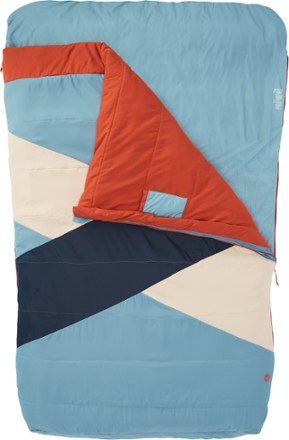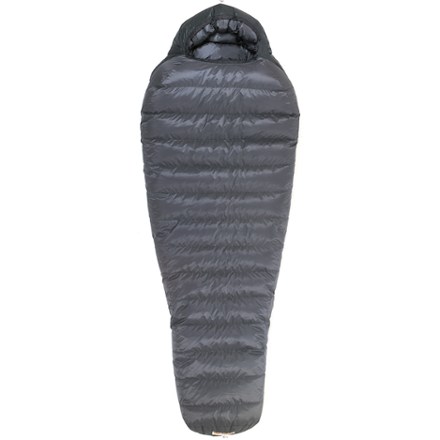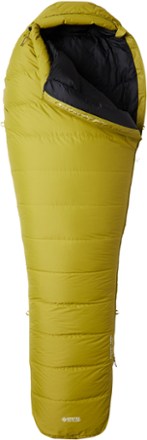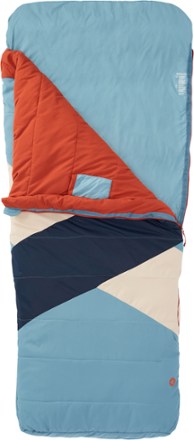Car Camping Made Easy Tips for Sleeping in Your Vehicle
Sometimes, the best outdoor adventures call for an early
start. Sleeping in your car near a trailhead can be a convenient alternative to
setting up a tent, especially when you're short on time or there’s simply no
space for tents. Plus, it can provide some extra protection from the elements.
If you’re planning to sleep in your vehicle, here are some
practical tips to help make the experience more comfortable, organized, and
enjoyable. From where to park to what to pack and creative upgrades for your
setup, we’ve got you covered.
Remember, when car camping, always follow the Leave No Trace
principles and basic safety guidelines. Never sleep with your car engine
running.
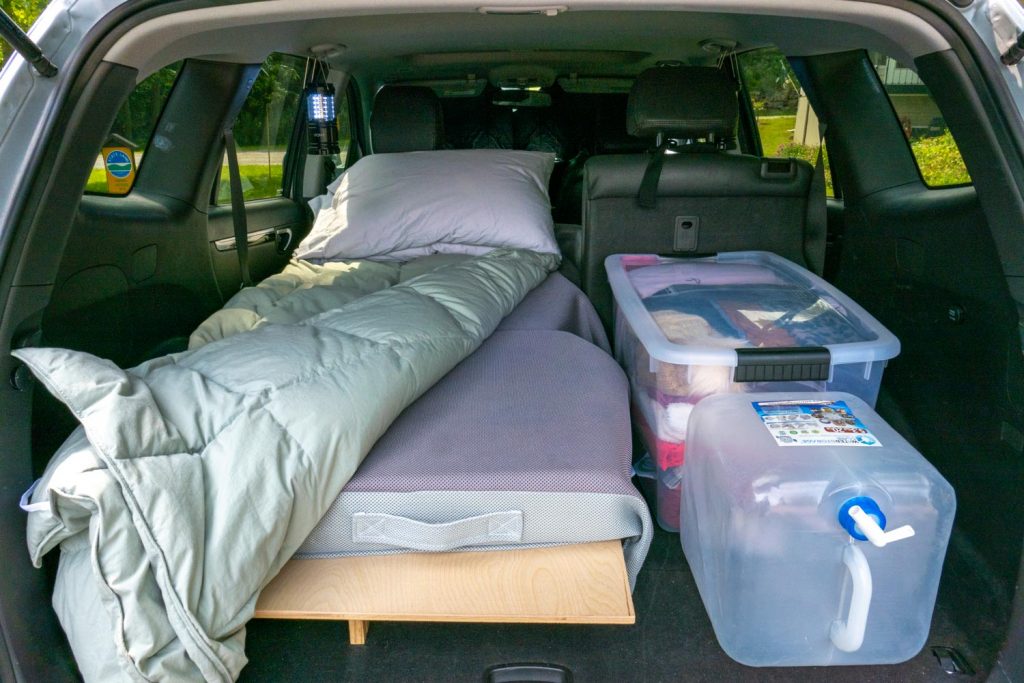
Where
to Park and How to Get Permits
The first question to ask is: Where can you park for the
night? Apps like AllStays and Hipcamp can help you find legal and quiet places
to park, with a mix of free and paid spots. National Forest roads usually allow
overnight parking, but always check for any specific rules or seasonal
restrictions. If you're in national forests or Bureau of Land Management areas,
dispersed camping is often available.
Setting
Up Your Camp
Once you’ve found a suitable spot, try to park in a flat,
shaded area. When unloading your vehicle, be mindful not to crowd other campers
nearby. For your camp setup, basic essentials like a folding table, chairs, and
a camp stove can make a big difference in comfort. And if you’re new to
camping, be sure to check out a beginner’s guide to learn the basics.
Sleeping
in Your Car
It’s ideal to sleep on a flat surface, but sometimes that’s
not possible. If you find yourself parked on a slope, position your car with
your head at the front to avoid discomfort. This will also give you a bit more
space since most cars have wheel wells in the back. If you're still not feeling
comfortable, check out these simple camping hacks for improving your sleeping
situation.
Whether you're on a trail or in your car, the Ten Essentials
are always a must. Be sure to have the basics—like a first-aid kit, map, and
flashlight—on hand.
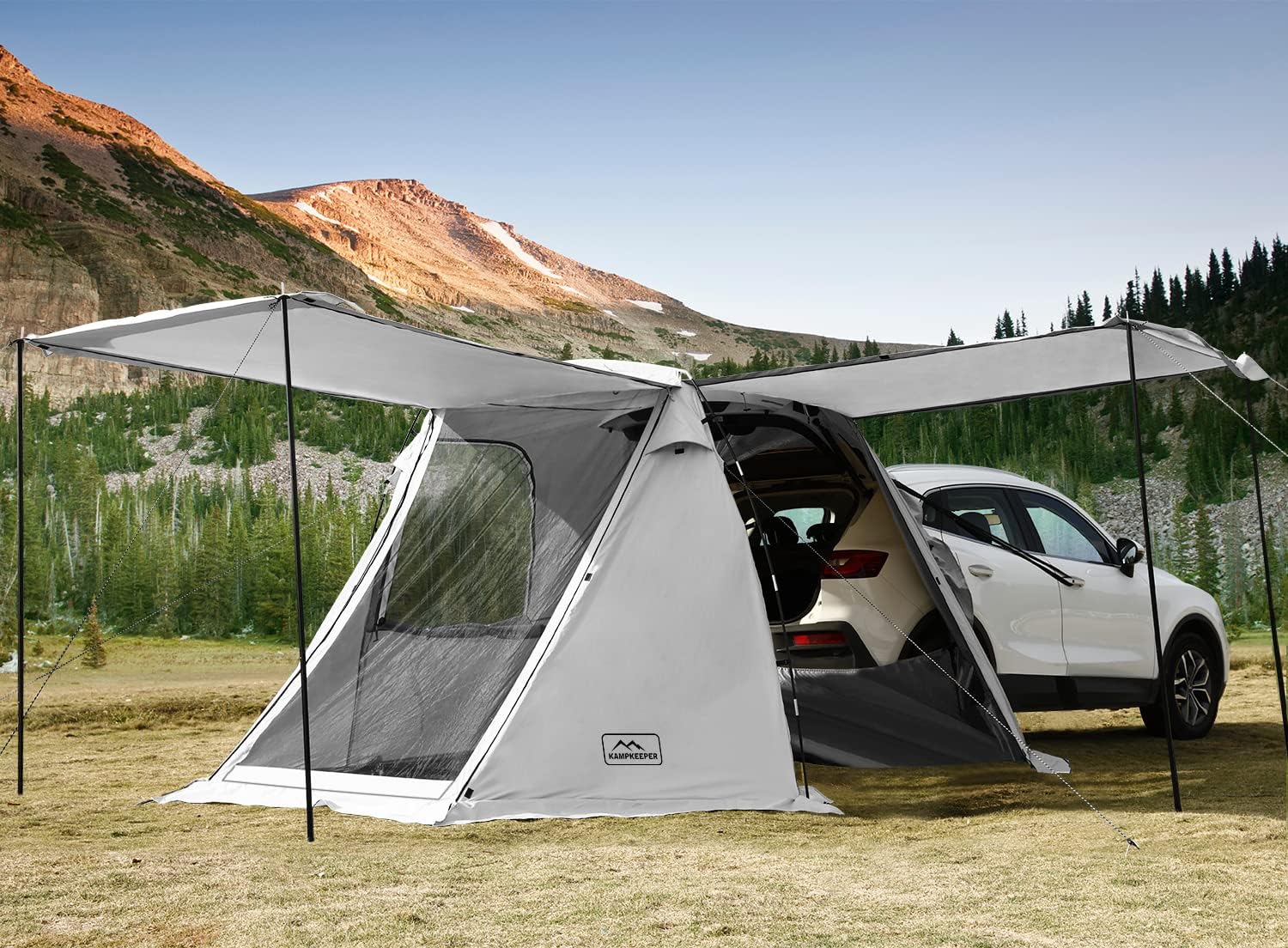
Keep
Electronics Charged
Keeping your devices powered up can be tricky while car
camping. While you can charge them when the car is on, it’s not an option
overnight. A portable power pack or a solar charger for the dashboard can help
keep your phone, tablet, or camera charged throughout your trip. Unsure which
one to pick? Researching solar chargers and power packs will help you find the
best option.
Food
Storage Tips
Car camping can work up your appetite, and it’s important to
keep your food safe. Pack a cooler to store perishable items like meat, cheese,
and eggs, and pre-chill it with ice before adding food. Keeping food inside
your car ensures that wildlife stays out of your snacks while you sleep. For
additional tips on food safety while camping, look into proper storage and
handling techniques.
Invest
in a Comfortable Sleeping Setup
One of the best perks of car camping is not having to carry a
bed! Take advantage of the extra space and bring along thicker, more
comfortable mats, pillows, and blankets. Since cars can get as cold as tents,
consider an insulated blanket or sleeping bag rated for colder temperatures. If
you’re not sure which sleeping bag or pad to bring, make sure to research your
options for car camping gear.
Have
Your Own Drive-In Movie
After a long day of driving or exploring, unwind with a movie
on your phone or tablet. Just remember to download your shows ahead of time,
especially if you’ll be in areas with limited service.
Bring
a Headlamp or Lantern
You don’t need to go to bed right after settling in. Bring a
headlamp or hang lanterns from the handles inside your car for easy reading or
organizing. A headlamp can also come in handy for trips to the bathroom at
night or early morning hikes.
Stay
Clean on the Road
Since car camping typically doesn’t come with access to
showers, pack a toiletry kit with items like no-rinse shampoo and hand
sanitizer. Keeping your hygiene routine simple and effective will make the
whole experience much more pleasant.
Ventilation
Is Key
To avoid fogging up your windows or collecting moisture
inside, make sure to crack a window or open the sunroof slightly. A small mesh
screen will keep out bugs and allow fresh air to flow through. If you’re
dealing with wet clothes, try to dry them before turning in for the night. A
squeegee can also help remove condensation in the morning.
Make
Your Car Your Cozy Sanctuary
If you're staying in a place with lots of light or noise, add
privacy and block out the early morning sun by hanging curtains or using
cordage and bungees to create a cozy, bedroom-like atmosphere. Don’t forget to
pack earplugs to block out noises from other campers or traffic.
DIY
Camp Shower
After a long day of hiking or cycling, a warm shower feels
amazing. While it’s not always easy to find a shower on the road, you can build
your own portable camp shower for some extra comfort.

